 Alice Looney, Renee Davis, Jacqueline Salyers, and Misty Upham were all found dead. Some had been reported missing, and others were killed by law enforcement. These women and the countless other missing and murdered Indigenous people across the U.S. are why Rosalie Fish runs with a red handprint across her face.
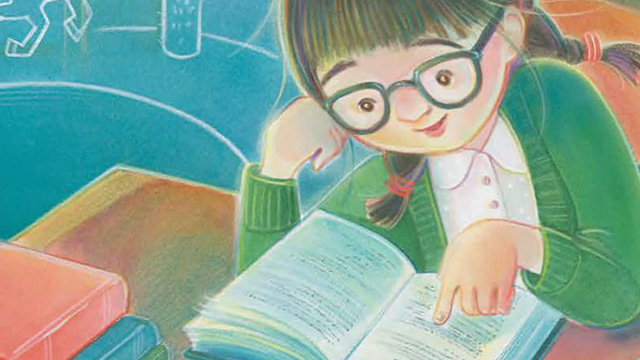 “Nancy loved reading more than recess.” That’s how "Library Girl – How Nancy Pearl Became America's Most Celebrated Librarian" begins. The children's book tells the true story of how a young Nancy Pearl realized her dreams could come true (spoiler alert; they did).
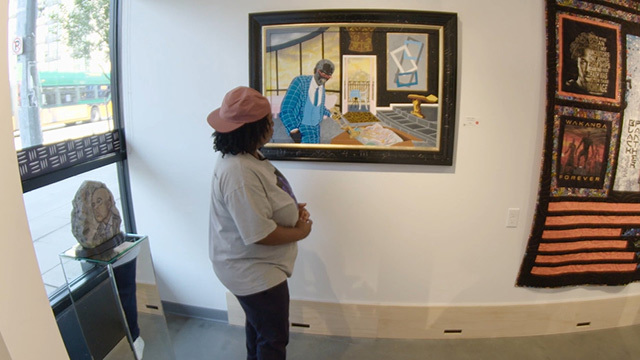 As gentrification pushes Black people out of major cities across the U.S., gallery ARTE NOIR in Seattle’s Central District makes a statement; “We are still here.” The space features local Black artists who receive 100% of the net proceeds when their art sells.
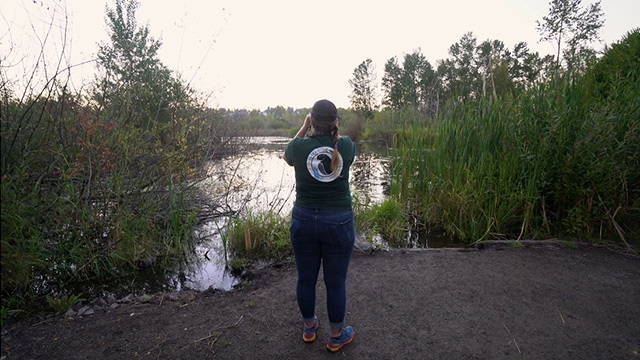 Urban beavers have built quite the home in Magnuson Park. These furry engineers provide environmental benefits as they work, leaving a better habitat and cleaner water for animals and humans alike. Learn how to spot the "tell-tail" signs of beavers at work.
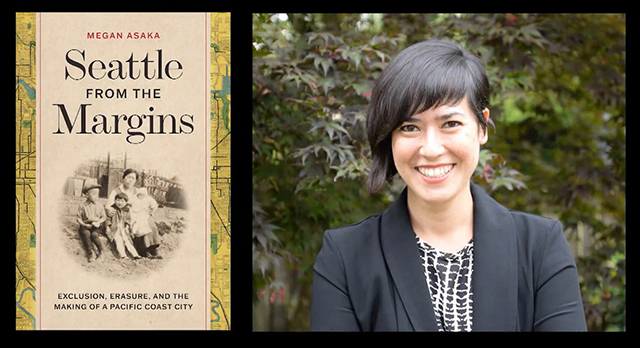 Dr. Megan Asaka’s new book, “Seattle from the Margins: Exclusion, Erasure, and the Making of a Pacific Coast City,” explores the history of the city’s migrant workforce, spanning back to the start of World War II. She says the stories we commonly hear about this group don’t paint a full–or fully–accurate history of our region.
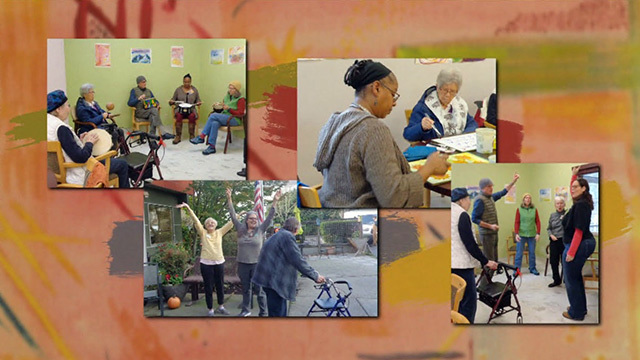 November is Alzheimer’s Disease Awareness Month, so we're looking back at this archive feature about an art class at The Memory Hub, a center created to support individuals with memory loss as well as their families and caregivers. Plus, watch an interview with neurologist Dr. Thomas Grabowski as he shares his hope about Alzheimer’s disease treatment.
|